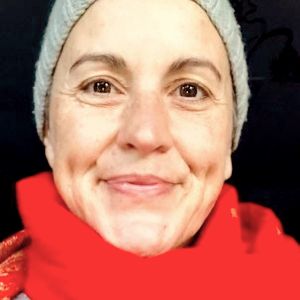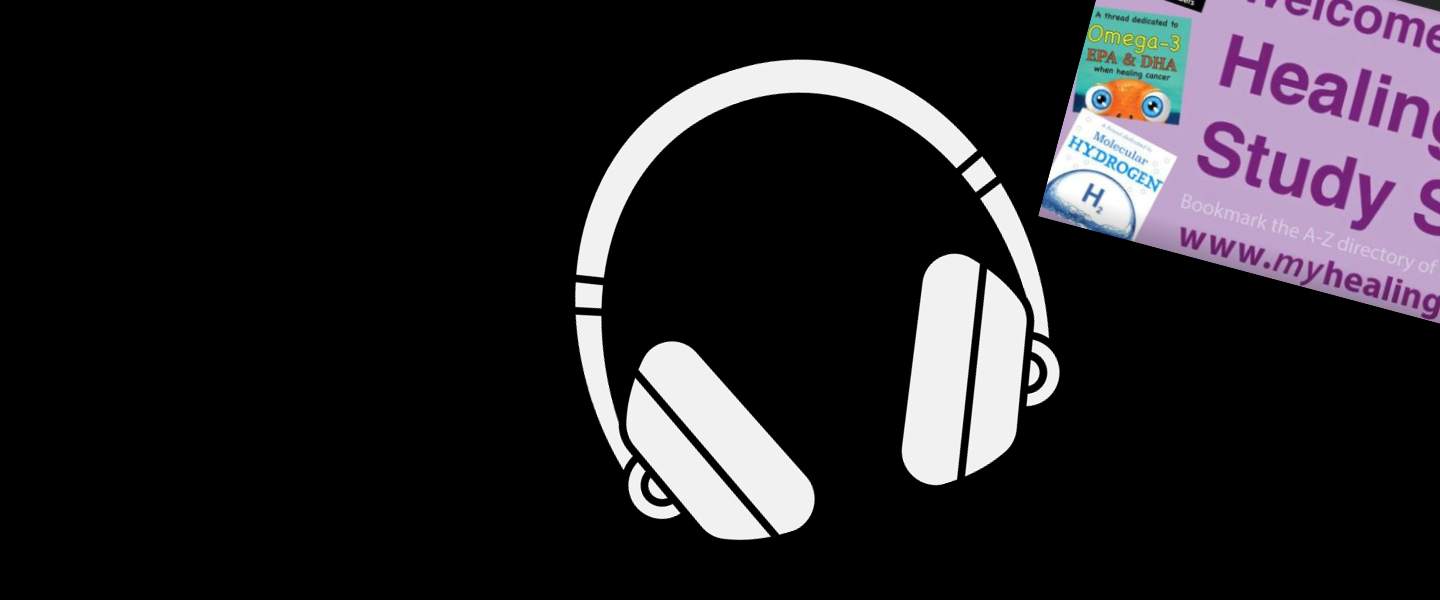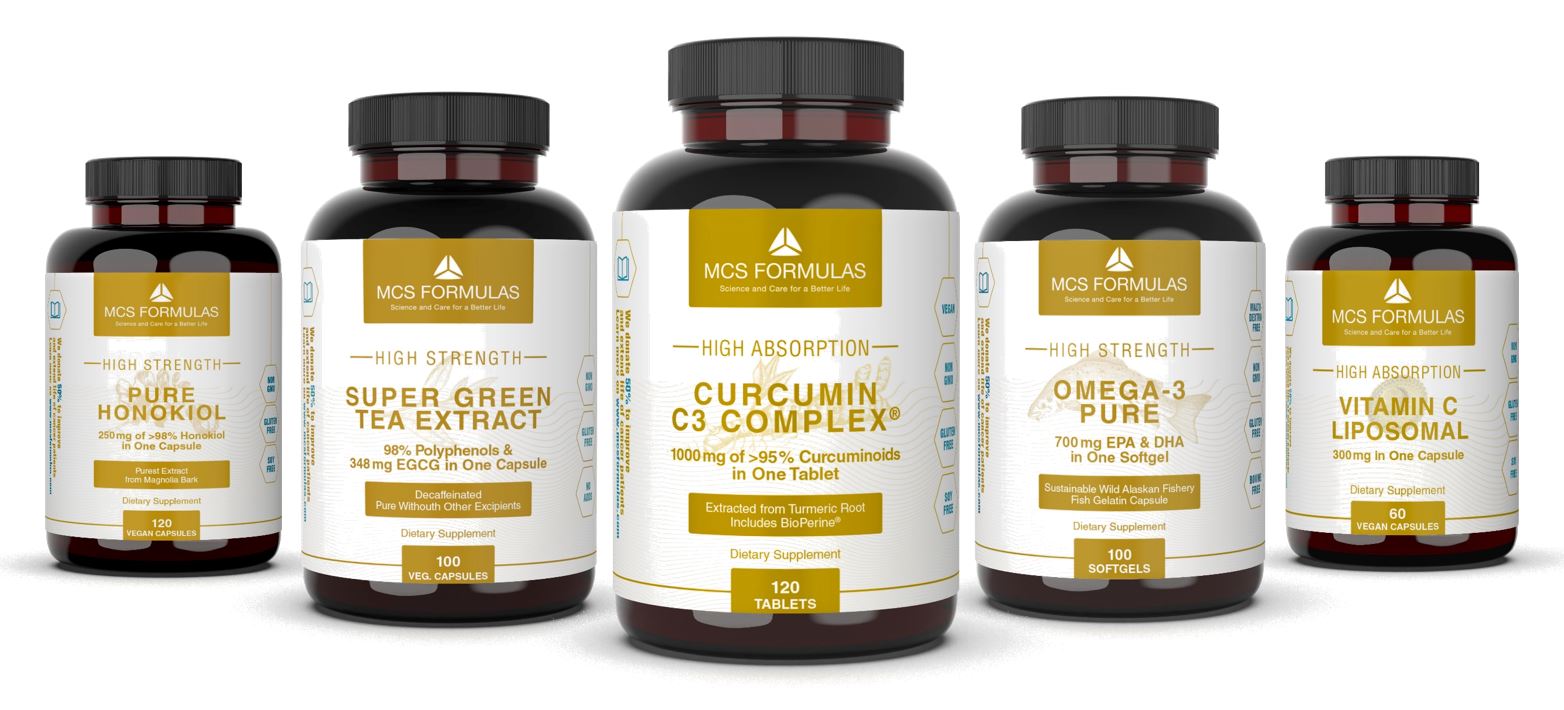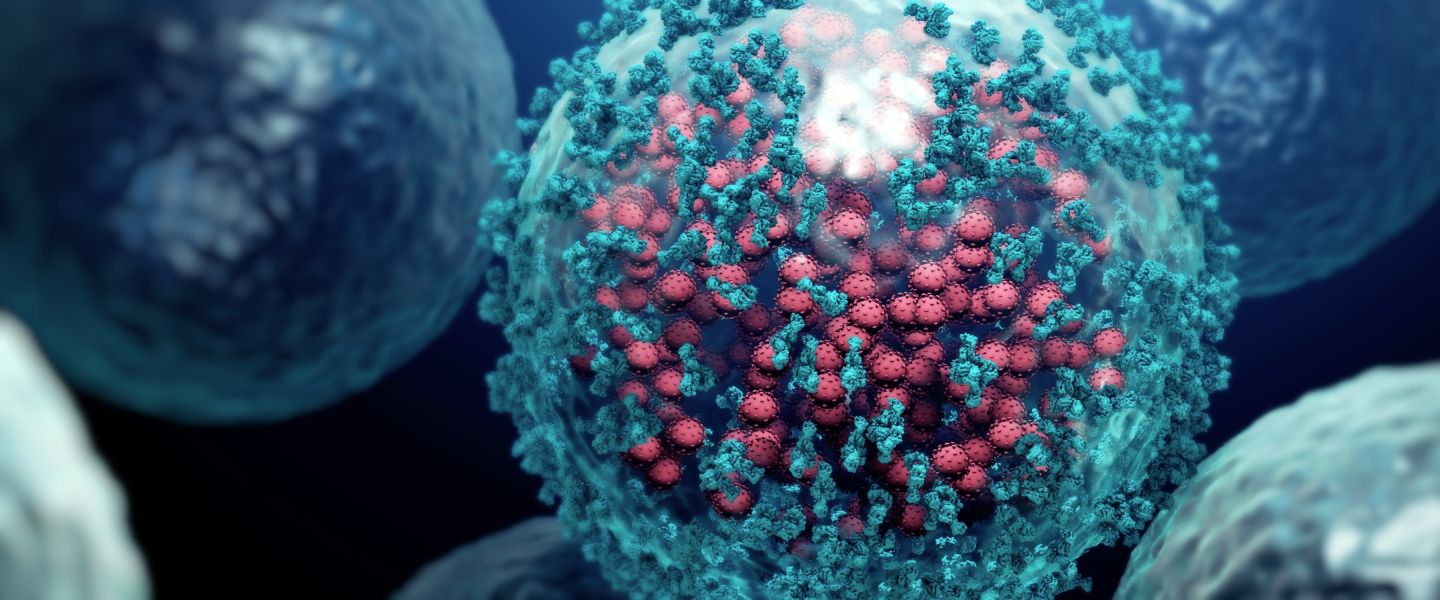Welcome Quick Start Guide
Welcome New Group Members
Click to download a new group members quick start guide (PDF)Healing Cancer Study Support Group - Posting & Commenting Etiquette
We are all here because we are dealing with one of life’s greatest challenges and a caring, kind and supportive attitude is everything. This group is built on my own belief of that.
“All learning is enhanced when taking place in an emotionally safe environment.”
Healing Cancer Study Support Facebook Group:
Collaboration, Community & Care
Mutual Respect, being polite, passion, support, authority to comment
Just because you post or comment does not mean that you are obligated to be available to engage with everyone who responds, from a place of understanding. It’s a big ask sometimes and I think it is important that we each take a moment to pause and make a conscious choice about how, or if we will respond at all. Any and all our responses are best to come from a place of inspired doing.
Admins and moderators of this group can chose to mute members and remove members who are impolite to others and chose to project their own value judgements onto other group members.
Examples
A) Calling someone ‘nuts’ or even their personal approach to their healing ‘nuts’ , is a negative projection of your values onto another, and this will earn you 1 strike; 3 strikes and you’re mute.
B) Telling someone that you think their personal approach to their healing is like signing their death certificate is also a projection that cultivates the feelings of fear and will earn at least 1 more strike; remember 3 strikes and you’re mute.
I know that people only project such judgements and fear onto other members because they are terribly passionate about this subject of cancer and this passionate attitude has them forget to respect the autonomy of their fellow human beings. If any of us had all the answers to cancer we wouldn’t all be here, and we all come to this group at different stages of learning and in our very unique human forms.
To support another group member to grow their knowledge towards a topic that you believe will support them on their journey please keep in mind these 3 things:
1) Using fear tactics or impolite negative judgement to express yourself is not welcome in this group and if you are not mindful about how you express your passionate responses within this group forum you will risk being muted and or removed. A more mindful response to: hearing someone share an approach that you think is ‘nuts’: Take a breath and check in with your reactivity level and perhaps chose to take a break/pause from social media and play, move, laugh instead. If your reactivity level is manageable and you feel inspired to respectfully express your own understanding that might be in contrast to theirs, without attempting to be right and make them wrong – go for it. This allows the other person the best opportunity to learn from what you present. Our curious and open (to learning) areas of their brain get very easily shut-down by the older part of the brain that thinks it has to take care of our emotional safety. So by taking a judgement-free approach we provide the other person the opportunity to use their whole brain to take in more learning, thus increasing the chances of them expanding and evolving of their approach to healing through the participation in this group.. Rather than saying…”Anyone who follows this protocol is nuts”… You might say something like… “I see it differently (and present your research findings and experience)….” or ” Wow, that’s so different from how I see this and I’d love you to read this article so we can perhaps discuss it at some point (and share your article)”.
2) Besides researching how to heal cancer this might be an opportunity to research how you can say what you mean to others in a way that others will enjoy hearing. It is an important life skill that will no doubt provide your life with more harmony. meaning and value. Here’s a link to great resource for learning how to say what you mean, minus the fear and judgement www.amazon.com/Say-What-You-Mean-Communication/dp/161180583X
3) Please only share your experience rather than giving advice, unless it is your profession and you are qualified to to give advice. If you are qualified to give advice and decide to do so, please make sure your Facebook profile clearly states your title and qualifications.
1st things first… when Posting in the main thread
Check that there is not already an existing study support conversation thread.
How do you check to see if there is an existing thread that covers this topic of conversation?
Navigate to the group’s main menu and you will see that the last item in the menu is allows you to Search this group.

You can also browse this external group support website’s current A-Z list of our Study Support Conversation Threads
If your search results reveal that an on-topic conversation thread already exists....
You are advised to read all the comments and replies within the thread to see if your question has been answered, or if your interesting article has already been shared within this thread. After reading the thread you are better equipped to now share your thoughts, your question and or some words about a research article you have found or experience you have had.
To share a link to a new article in an existing thread simply copy and paste the link to where the article appears online, and paste it at the end of your comment.
Starting a whole new thread means writing and submitting a post for approval.
If you are able, please include #topics covered in your article so your post can be found via a search for same #topic in the future. For example when you share a post that is about chemotherapy side effects start post with #chemotherapysideeffects
Use existing hashtags / #topics covered in your article.
If you are able, please include #topics covered in your article so your post can be found via a search for same #topic in the future. For example when you share a post that is about chemotherapy side effects start post with #chemotherapysideeffects
Sharing Articles
Do you need an anchor image?

Designing your whole new thread anchor image.
Designing your whole new thread anchor image in a similar way to the existing anchor images is important.
At the same time, make it stand apart from the other images around it when appearing in the group photo library
e.g A thread dedicated to better understanding…( at top) ( your topic in larger type) Research and Support ( below)
When creating an anchor image:
- make sure it is clear to read when reduced to a small size,
- square in proportion and
- no smaller than 550 x 550 pxls.
- Save your image as a SQUARE image .jpg or .png file type.
Reach out to group admin Abbey Mitchell if you would like assistance with creating an anchor image for a new topic of conversation.
Along with your anchor image you will need to write exactly what appears in the anchor image as the start of your post so that the Facebook search engine can help group members find your post using the search this group tool. The search robots can not read our images only our text. This anchor image could be an important contribution to the group.
Comments, Replies, New Nested Threads
You can chose to reply to another member’s comment within an existing conversation thread and your reply will be nested within that thread within the thread, making this specific branch of conversation on this thread topic easy to follow.
For example - within the existing thread for the re-purposed drug called Fenbendazole their could be a 20+ replies to one comment made by a member that mentioned one aspect of the drug. I could reply to existing comments as part of the current conversation, but if (for example) I wanted to start a new conversation about dosage members take: I could start my own conversation (or "nested thread". So, in this instance I do not reply to the last person’s comment within the thread, but instead I comment on the original (parent) Fenbendazole thread image itself.... This then create a new conversation thread within the existing thread.
Creating a NEW Thread, within the existing thread.
- do not reply to the last person’s comment within the thread,
- instead comment on the main (parent) image itself.


















